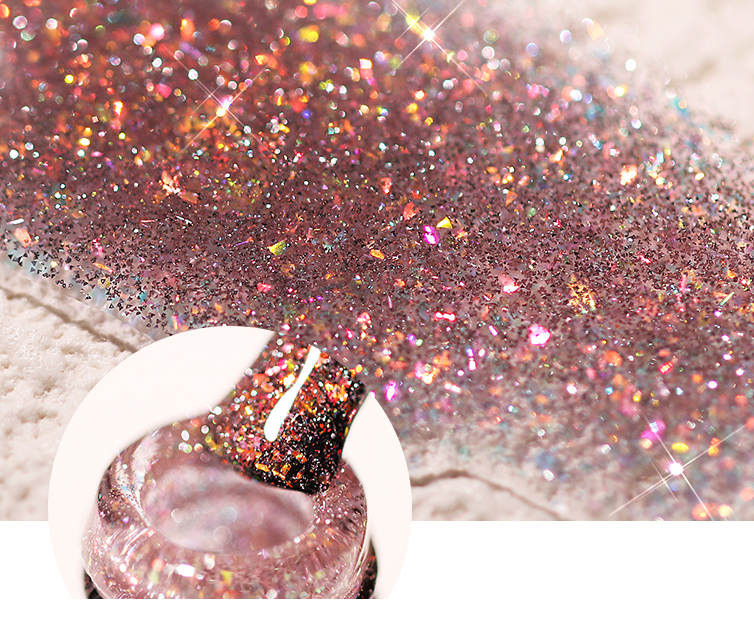Can I remove coco nails myself, or do I need professional help?

Coco nails, known for their unique incorporation of natural coconut shells, offer a stunning and eco-friendly nail art style. If you have worn coco nails and are ready to remove them, you may wonder if you can do it yourself or if professional assistance is necessary. In this essay, we will explore the options for removing coco nails, understanding the techniques, considerations, and benefits of self-removal versus seeking professional help. By examining the various factors involved, individuals can make informed decisions based on their comfort level, nail condition, and desired outcome.
Body:
Self-Removal of Coco Nails:
Self-removal of coco nails is a viable option for individuals who prefer to take matters into their own hands. However, it is important to consider certain factors and follow proper techniques for a successful and safe removal process.
a. Preparation: Before beginning the removal process, gather the necessary tools and supplies. These may include a nail file, a cuticle pusher, a bowl of warm water, acetone or nail polish remover, cotton balls or pads, aluminum foil, and a moisturizing oil or lotion.
b. Softening the Adhesive: Start by soaking a cotton ball or pad in acetone or nail polish remover. Place the soaked cotton ball on each coco nail, ensuring it covers the entire nail surface. To enhance the effectiveness, wrap each finger with a small piece of aluminum foil to keep the cotton ball in place. Leave the cotton balls and foil wraps on for approximately 10-15 minutes to allow the adhesive to soften.
c. Gently Removing the Coco Nails: After the soaking period, remove one foil wrap and cotton ball at a time. Gently push the softened coconut shell piece or powder from the nail using a cuticle pusher or a wooden stick. Be patient and avoid applying excessive force, as this may cause damage to the natural nails. If any resistance is encountered, repeat the soaking process for a few more minutes until the adhesive is sufficiently softened.
d. Nail Care: Once all the coco nails are removed, it is important to care for the natural nails. Use a nail file to gently buff away any remaining adhesive residue or rough edges. Follow up with proper moisturization and nourishment using a moisturizing oil or lotion to restore hydration to the nails and surrounding skin.
Professional Removal of Coco Nails:
Seeking professional assistance for the removal of coco nails is an alternative option that offers certain advantages. Nail technicians or salon professionals have experience and expertise in safely and efficiently removing various types of nail art, including coco nails.
a. Skill and Expertise: Nail technicians possess the necessary skills and knowledge to properly remove coco nails without causing damage or stress to the natural nails. They are trained in the best techniques for adhesive softening, gentle removal, and nail care.
b. Proper Tools and Products: Professionals have access to specialized tools and products specifically designed for safe and effective nail art removal. They can select the most suitable adhesive softening solutions and use professional-grade implements to ensure a smooth and damage-free removal process.
c. Time and Convenience: Professional removal of coco nails can save individuals time and effort.
Factors to Consider:
When deciding between self-removal and seeking professional assistance, several factors should be taken into consideration:
a. Nail Condition: The condition of your natural nails may influence the choice between self-removal and professional assistance. If your nails are weak, damaged, or prone to breakage, professional removal can minimize the risk of further harm and provide proper care.
b. Comfort Level: Some individuals may feel more confident and comfortable removing their coco nails themselves, while others may prefer the skill and expertise of a professional. Consider your personal comfort level and experience with nail care before deciding.
c. Time and Availability: Self-removal requires adequate time, patience, and the availability of necessary tools and supplies. If you are short on time or lack the required materials, seeking professional help may be a more convenient option.
d. Desired Outcome: If you desire a flawless removal process and meticulous nail care, professional assistance is recommended. Nail technicians can ensure a thorough removal, leaving your natural nails in optimal condition.
Aftercare and Maintenance:
Regardless of whether you choose self-removal or professional assistance, proper aftercare and maintenance are crucial. This will help restore the health and strength of your natural nails.
Conclusion: In conclusion, the decision to remove coco nails yourself or seek professional assistance depends on various factors such as your comfort level, nail condition, time availability, and desired outcome. Self-removal can be successful with proper preparation and technique, while professional removal offers skill, expertise, and convenience.